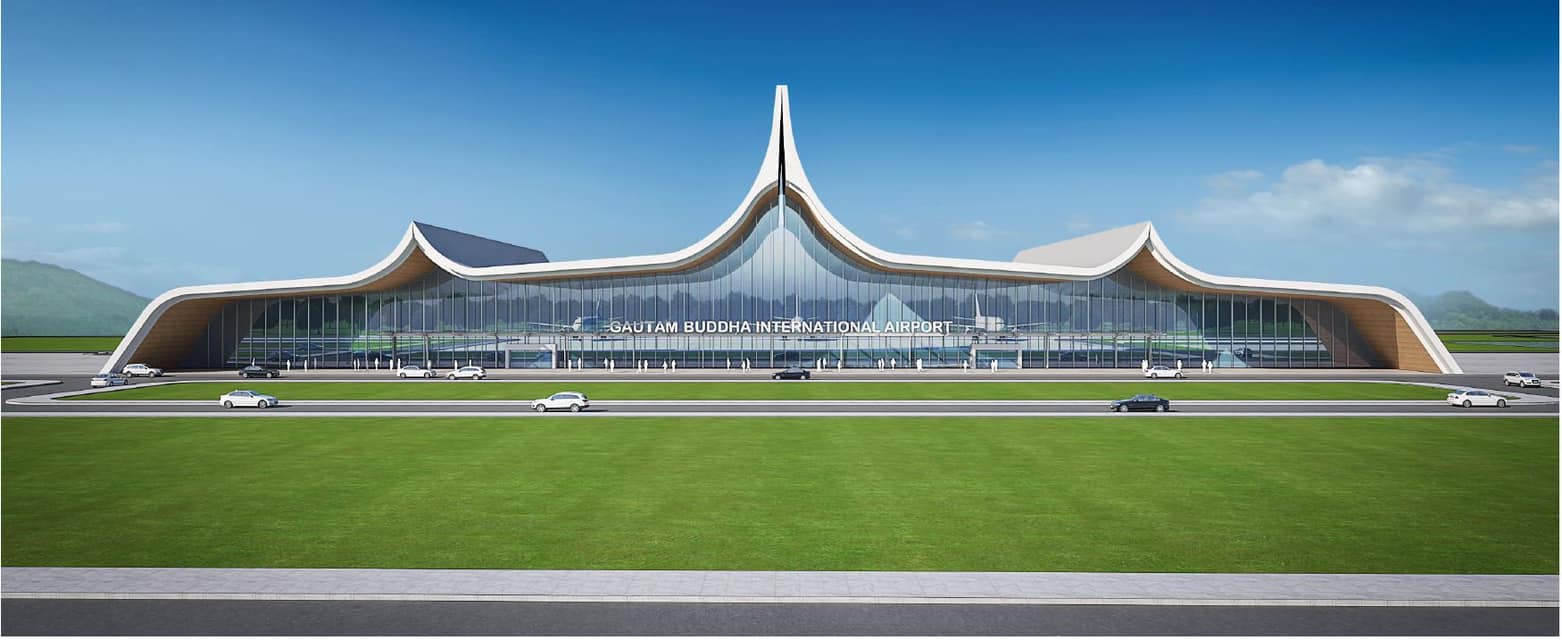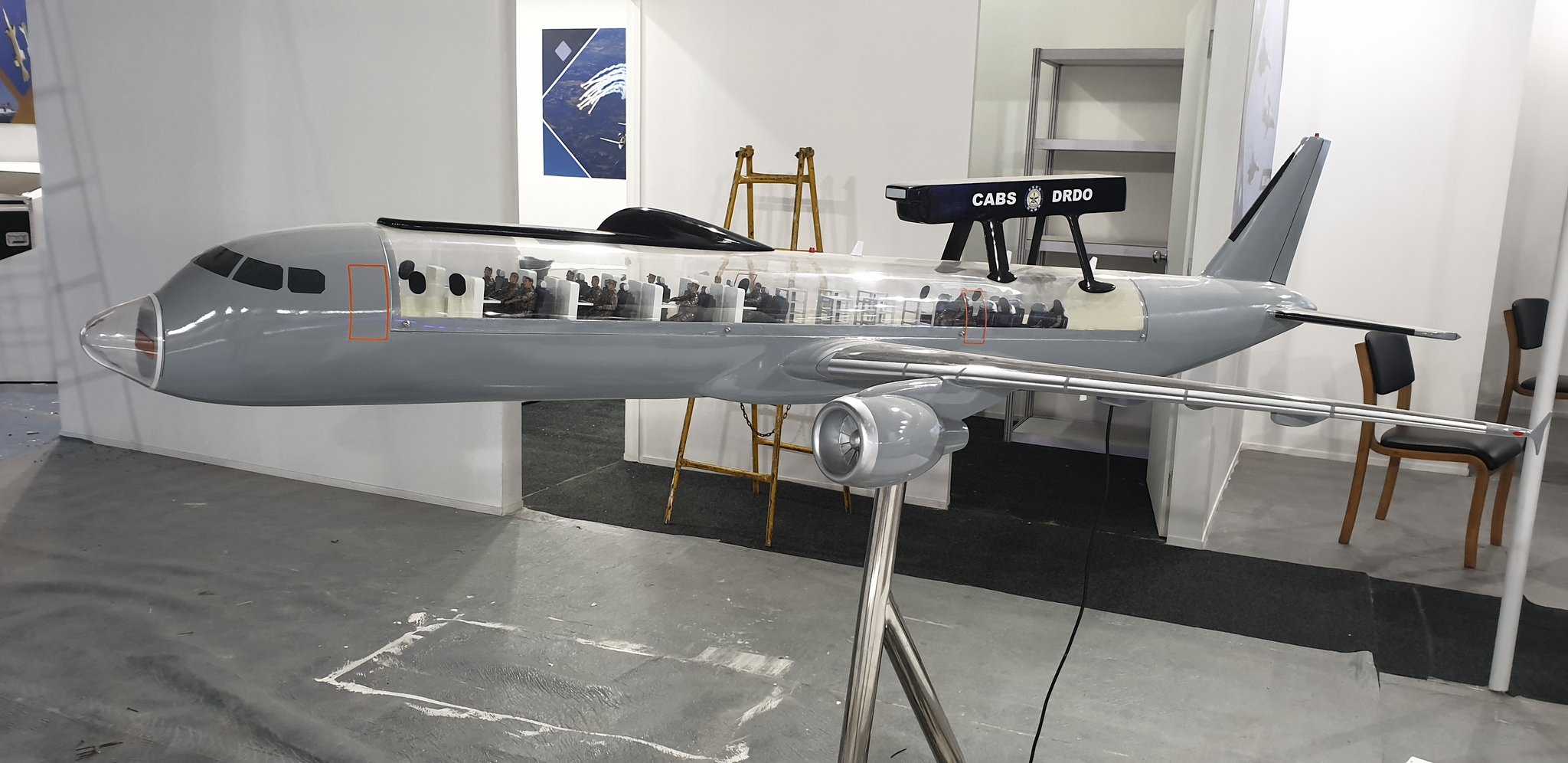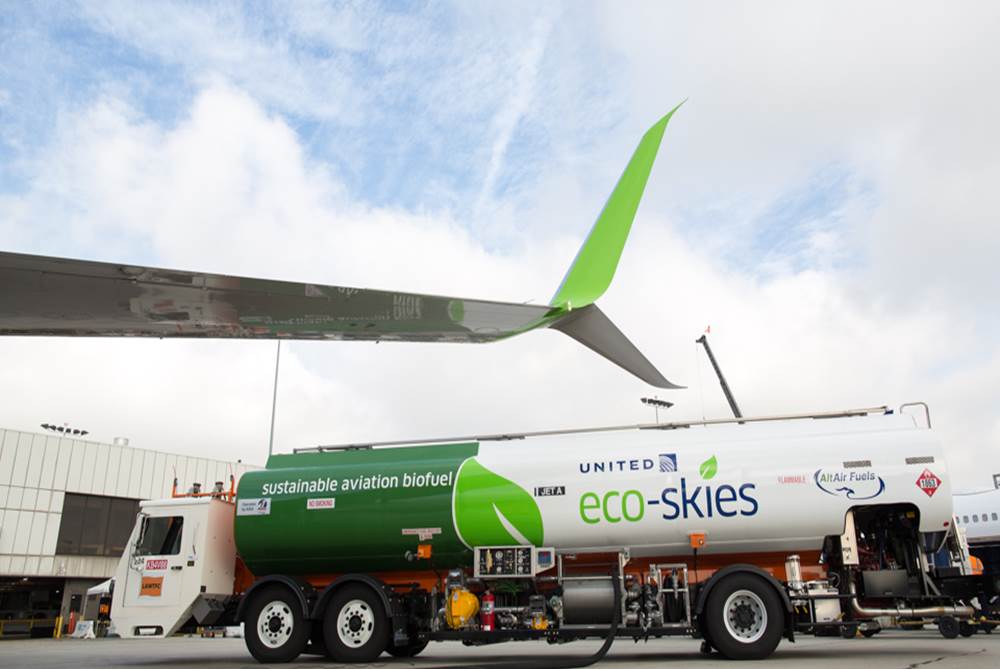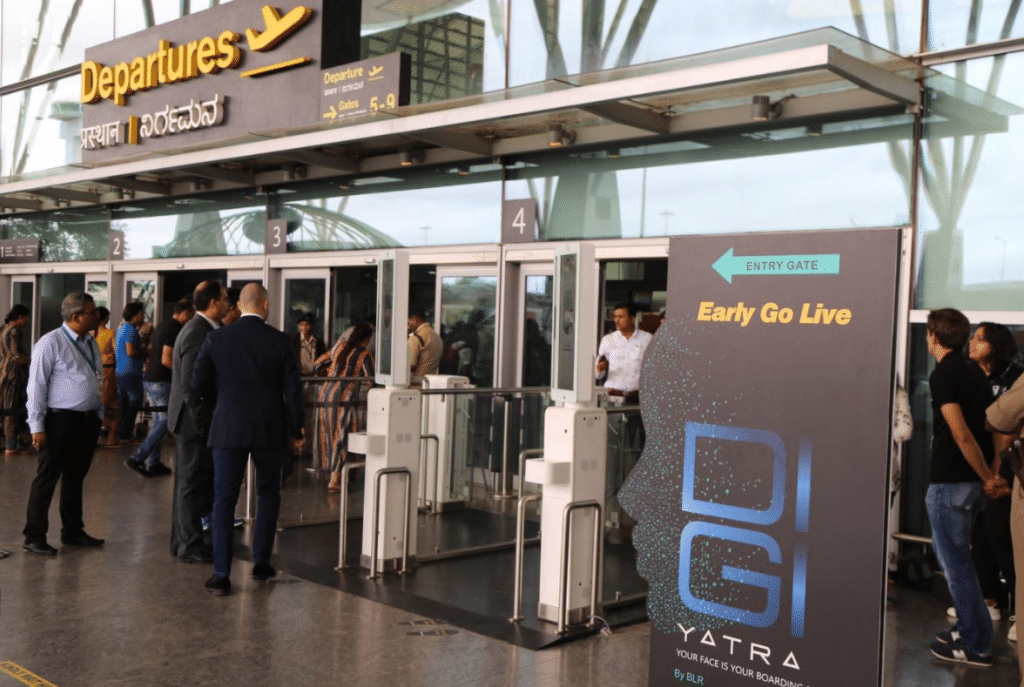India integrating Russian Mi-17 helicopters with Israeli NLOS anti-tank guided missiles - here's what we know
Prashant-prabhakar
24 Apr 2022
As a part of its strategy toward bolstering aerial prowess and enhancing firepower against enemy armoured regiments, India is now planning to arm its Russian Mi-17 helicopters with the Israeli ‘Non-Line of Sight (NLOS)’ anti-tank guided missiles.
Russian Mil Mi-17 chopper
Also known as the Mi-8M series in Russian services, the Mi-17 is a Soviet-designed Russian military helicopter. Although primarily used as a medium twin-turbine transport helicopter, armed versions are deployed for military operations as well.
Mi-17V5 | Representative | The Print
These helicopters are part of a larger family of high-performance and multipurpose Mi-17s that can fly at high altitudes in complex weather conditions, be it in tropical and maritime climates or even in desert conditions.
A Mi-17 showcasing the clamshell cargo door arrangement | Wikipedia
Tech and specs
The Mi-17 is easily recognizable in that it has the tail rotor on the port side instead of the starboard side and dust shields in front of the engine intake.
Crew3Capacity24 troops / 12 stretchers / 4,000 kg (8,818 lb) cargo internallyHeight 5.65 mMTOW13,000 kgPowerplant 2 × Klimov VK-2500PS-03 turboshaft engine (2,400 hp)Cruise speed 260 km/hRange 800 kmService ceiling 6,000 m (20,000 ftWikipedia
It was reported as "the most widely operated helicopter in history", on its company's website of Russian Helicopters, in 2021.
Spike NLOS anti-tank guided missiles (ATGM)
Missilery.info
A member of the world-renowned Spike Family, the Spike NLOS is a multi-purpose, electro-optical missile system with a real-time wireless data link for ranges up to 32 km - nearly four times that of the US-made AGM-114 Hellfire, which is carried on the Apache attack helicopter.
Hellfire air-to-ground missile | Representative | News from Havana
Tech and specs
Provides the gunner with the unique ability of striking targets at stand-off range with no line of sight and can be installed on a variety of platforms.
Rafale Advanced Defense Systems
The Spike NLOS electro-optical (EO) seeker incorporates a dual sensor capable of effectively engaging targets day and night and in adverse weather conditions.
The capability for the operator to control the missile, known as "man in the loop", enables engagement of moving targets and operations in bad weather
Effective Range30kmWeight-Missile in canister71kgModes of operationDirect AttackMid-course navigationWarheadsHeat/Fragmentation/PBF,PBF-FRafael.co
According to the manufacturer Rafael, the Spike NLOS has been modified to be fired from helicopters and can be armed with different types of warheads suited to destroy tanks, air defence systems or for use in urban combat, where the need to prevent harm to civilians is critical.
Reportedly, these armed choppers might also be deployed in the high mountainous terrain in Ladakh and adjoining sectors where the Chinese have positioned a large number of their armoured regiments.
Furthermore, the missiles have already arrived in the country and are being integrated into Russian helicopters somewhere in the western sector-reports.
SOURCE(s)
COVER: India Strategic
Read next
Nepal's second international airport starts operations with domestic flights
Radhika Bansal
25 Apr 2022

Nepal's second international airport - Gautam Buddha International Airport - considered a national pride project built in Lumbini, formally came into operation on April 22 with domestic flights taking off from the new airport.
The country's first international airport, Tribhuvan International Airport, came into operation 74 years ago. Yeti Airlines conducted the first flight from the new airport's 3,000-metre runway.
BWA’s new runway replaces the old one that sits adjacent, but only spans 1,500 meters (4,921 feet) in length. The longer runway will allow BWA to accommodate widebody aircraft, thereby paving the way for long-haul flights to and from Nepal.
Yeti Airlines conducted the first flight from the new airport's 3,000-metre runway.
Common widebodies like the Boeing 777, Airbus A330, etc., require less than 3,000 meters of runway length to take off. Nepal Airlines is likely to take advantage of BWA’s upgraded facilities by serving international destinations using its Airbus A330 jets.
According to the Civil Aviation Authority of Nepal, both narrow-body and wide-body aircraft will conduct flights to and from GBIA.
Director General of the CAAN Pradip Adhikari tweeted, "It is my pleasure to share the historic moment that Gautam Budhha International Airport has come into operation. Thank you all for your contributions. This is a milestone for Nepali civil aviation."
Although domestic airlines have started conducting flights from the newly-built airport, international flights will commence on May 16 to coincide with Buddha Jayanti.
https://twitter.com/pradeep_adhk/status/1516965008281800704
ALSO READ - Nepal’s second international airport will start operation in May 2022
According to CAAN Spokesperson Chandra Lal Karna, the old runway has been converted into a taxiway. He said an agreement had been reached between the CAAN and Jazeera Air of Kuwait to operate flights from the airport three days a week after international flights come into operation.
"If all goes well, Jazeera Air will conduct flights from the airport around midnight on Mondays, Wednesdays, and Fridays after Buddha Jayanti," Karna told The Himalayan Times. He said the newly-built airport would directly employ roughly around 300 people.
Stating that GBIA was constructed to accommodate parking for aircraft and as an alternative landing zone apart from TIA, CAAN Spokesperson Karna said the airport would also ease travel and make air commute cheaper.
Nepal's second international airport starts operations with domestic flights
He said an agreement had been reached with the Nepal Airline Corporation to conduct ground handling payments. Of the total payments collected by NAC, 15% will be given to CAAN.
"Of the total fuel sales collected from GBIA every month, CAAN will receive 0.05% of the earning," he added. In terms of air routes, aircraft will conduct flights from the same routes used earlier.
By doing so, flight times to and from the airport will be reduced, making airfares cheaper for passengers, Karna stated. The airport can be used as an alternative landing spot in case of emergencies or if for any reason TIA is unsuitable for landing
With tourist arrivals increasing in recent days, residents around the airport hope that the COVID-battered tourism industry would steadily recover.
Although domestic airlines have started conducting flights from the newly-built airport, international flights will commence on May 16 to coincide with Buddha Jayanti.
With the new airport complete and ready for use, the Nepalese authorities can focus on other ongoing airport upgradation projects around the country. The land-locked country finally seems to be taking its airport infrastructure seriously as it looks to add a few more names to its list of international airports soon.
Authorities are completing the construction of the third international airport, located in the Gandaki province. The Pokhara International Airport is set to open later this year and is aimed at regional international flights to neighbouring countries of India, Bhutan, Bangladesh, Myanmar, Pakistan, etc.
Next, Nepalese authorities are also planning to build the Nijgadh International Airport in Madhesh Federal province. The project was set to be completed by 2025 but has run into some trouble with environmental protection laws. The Supreme Court of Nepal halted construction in December 2020.
Read next
Air India transfers 4 Airbus A321s to DRDO and IAF for Netra Mk2 AEWCS project
Radhika Bansal
25 Apr 2022

The Defense Research and Development Organisation (DRDO) and the Indian Air Force are working to make an Airborne Early Warning and Control System on (AEWCS) legacy Air India Airbus A321 aircraft.
These systems will be called Netra-Mk2 where the aircraft will be legacy Air India aircraft and antenna array units will be supplied by DRDO's Lab Center For Airborne Systems (LCFAS).
The modified aircraft are now birthed at Hindon airport.
https://twitter.com/BhatAnvesh/status/1517152338414170114
DRDO and IAF acquired six aircraft and the first aircraft was already delivered in 2021. Four more aircraft were delivered by DRDO in the last couple of months, which are currently parked at Hindon airport.
According to the plan, the six will be taken from the Air India fleet, which means they will be A-319s and A-321 variants.
The original plan, which had also got an AON clearance, was to procure two larger A-330 jets, which were then to be modified and fitted with the AEW&C systems.
Air India transfers 4 Airbus A321s to DRDO and IAF for the Netra Mk2 AEWCS project
However, now the six Airbus aircraft will be modified and the indigenous Active Electronically Scanned Array (AESA) radar will be mounted on them.
IAF received Two A321 last month and after the conclusion of talks with the Airbus, it will soon be ferried to the Lagardère facility in Toulouse, France where it will undergo structural modifications so that Primary long-range multi-mode radar can be installed in a 10 mt composite dorsal unit that is designed by LRDE.
A319/321 will also get an additional Auxiliary Power Unit to power the radar systems. DRDO’s Bengaluru-based Centre for Airborne Systems (CABS) is developing upgraded Primary and secondary radar for the system that will have enhanced detection and tracking range than its predecessor (Netra Mk1).
A319/321 will also get an additional Auxiliary Power Unit to power the radar systems.
In the latest tender document issued by the DRDO more visible structural changes to the aircraft seems to be much more radical than what was originally planned.
Changes visible are that the beyond-line-of-sight datalinks, satellite communication systems Radome have been moved behind and now it is close to the tail section and it seems plans to have multimode airborne Maritime surveillance Radar to act as an effective force-multiplier solution for operational missions in the maritime theatre seems to have been dropped.
Read next
Singapore to have world's largest sustainable aviation fuel output capacity
Prashant-prabhakar
24 Apr 2022

Singapore is poised to host the world’s largest sustainable aviation fuel (SAF) production capacity when Finnish producer Neste’s facility in Tuas gets completed in the first quarter of 2023.
Neste Oyj is a Finland-based company engaged in the refining and marketing of petroleum and petroleum products. The Renewable Products segment produces, markets and sells renewable diesel, renewable jet fuels and solutions, renewable solvents, as well as raw materials for bioplastics.
Neste is now the top SAF producer globally in terms of output and capacity.
Neste's oil refinery, with a total refining capacity of about 13.5 million tonnes per year, in Porvoo, southern Finland, November 17, 2015, | REUTERS-Jussi Rosendahl
After the COVID-19 pandemic wreaked havoc on the company's expansion project, it now plans to produce its first batch of sustainable aviation fuel (SAF) in Singapore by the end of the first quarter of next year.
It's been delayed due to the pandemic as we were already hoping to be on stream in 2022.But the revised plan is now fully on track.Neste's Executive Vice President for Renewable Aviation, Thorsten Lange, told Reuters
Thorsten Lange | Neste
The aviation industry is touted to account for 3% of the world's carbon emissions and is considered one of the toughest to tackle owing to the dearth of alternatives available to jet-fueled engines. Other technologies that aim to decarbonize aviation are on the horizon, but SAFs might be uniquely positioned to quickly reduce emissions in a large portion of flights.
According to Lange, the company plans of commencing SAF production at the end of the first quarter of 2023 and then onwards ramp up output to an annual capacity of 1 million tonnes.
Representative | San Francisco International Airport
Reportedly, Lange has had some very promising discussions at the very recently concluded Singapore Airshow while Japan aiming for 10% sustainable jet fuel for airlines by 2030 is "very encouraging".
What is typical for Asia is they may be lagging behind for the time being ... but that could massively change within the next two to three years. Having a mandate in place provides demand certainty. Lange added
Apparently. Neste is competing in an increasingly crowded space as fossil fuel majors enter the green fuel market, pushing up costs for used cooking oil and discarded animal fat.
The available "feedstock pool is enough to cover the requirements at an initial stage" but is needed to be widened in future and the company IS looking at options such as algae and power-to-liquids (ptl)Lange
Singapore Airlines, the flagship carrier of Singapore, will use blended SAF from Exxon Mobil, which will be supplied by Neste.
Wikimedia Commons
The US Federal Aviation Administration has plans of reaching 3 billion gallons of SAF production by 2030.
SOURCE(s)
COVER: Port of Seattle
Read next
In what can be termed a first of its kind, Qatar Airways has entered the metaverse by launching QVerse, a novel virtual reality (VR) experience for visitors to the airline’s website and in doing so, it also becomes the first global airline to introduce a MetaHuman cabin crew offering a digital interactive customer experience.
Travellers with smartphones and Personal Electronic Devices (PEDs) are in for a treat as guests can now navigate the Premium Check-in area at Hamad International Airport (HIA), the cabin interior of the airline’s aircraft, including the award-winning Business Class - Qsuite, and the Economy Class cabin, all at the click of a button.
Airline Ratings
With physical boundaries beginning to be challenged by the metaverse on an increasingly larger scale, it is exciting to embrace a technology that enables all travel enthusiasts to enjoy a unique immersive experience of our award-winning products and services. Our status as the first airline to introduce a MetaHuman cabin crew is testament to our unwavering desire to innovate and delight our customers. We are constantly looking forward to adopting and introducing novel technologies that enhance our passengers’ complete journey.Qatar Airways Group Chief Executive, H E Akbar Al Baker
Akbar Al Baker
"Sama" - your MetaHuman cabin crew, will walk you through a virtual journey of discovery while presenting the unique features in both the Business and Economy Class cabins through a narrated script.
Airline Ratings
The innovative experience is a result of the collaboration between Epic Games’ Unreal Engine'- the world’s most advanced real-time 3D creation tool, and MetaHuman Creator, a cloud-based app for creating high-fidelity digital humans.
Airline Ratings
‘Sama’ – whose name is of Arabic origin, translates to "sky" and Qatar Airways would be the first global airline to introduce a MetaHuman cabin crew, featuring a digitally-created high-fidelity 3D human model.
https://twitter.com/qatarairways/status/1517489016102395905
Users can now log on to www.qatarairways.com/QVerse website and virtually tour and navigate all the services offered.
SOURCE(s)
COVER: Aviation24.be
Read next
DGCA alters the Digi-Yatra program; enables self-registration for touchless travel
Radhika Bansal
23 Apr 2022

In wake of the pandemic, the government has altered the process to register for Digi-Yatra (DY) program that will eventually allow paperless air travel for passengers. Under the new process, people can enrol by digitally validating a government-issued I card like Aadhaar or a driving licence.
“Passengers can create a DY credential with identity data, travel data and if needed even health data. All these data points are tagged to the single token face biometric of the passenger,” says a notification on “implementation of e-boarding process (DY)” issued by the Directorate General of Civil Aviation (DGCA) on April 18, 2022.
Manual processes that exist today for check-in shall remain even after the much-delayed DY gets implemented, which has been delayed by the pandemic. DY will be available to both Indian and foreign travellers.
DGCA alters the Digi-Yatra program; enables self-registration for touchless travel
“The DY credentials would be created using self-service mode by the passenger with a government of India identity that is possible to be validated digitally. Right now, Aadhaar and a driving licence are options available. Others like passport e-passport will be subsequently added in the future,” it says.
In case there is an issue with this self-registration, the originally pre-pandemic time envisaged procedure of registering for the first time at airport registration kiosks will remain available.
In such cases “a one-time ID check and face biometric capture will be done at airport registration kiosk by the passenger at a DY-enabled departing airport. In the authentication process, passenger’s ID will be verified and validated by an authorised security officer (of CISF) and activate DY credentials.”
The Directorate General of Civil Aviation has to video Aeronautical Information Circular 9 of 2022 modified the E-Boarding Process (Digi Yatra)
The DY credentials will be encrypted and stored in a secure Walter on the passenger’s smartphone. The data will not be centrally stored to minimise the risk of theft or loss.
“DY credentials are shared only when travel happens and shared with passengers’ consent (by him/her) with… airlines, airports and regulatory agencies if needed,” the DGCA order says.
Such data will be shared 24 hours before flight departure time and retained for 24 hours after the same, following which it will be purged from the system. Airports, airlines and their travel agents will be responsible for complying with these requirements.
It applies to all scheduled airlines and airports in India to enable inter alia, passengers to enrol into the Digi Yatra ecosystem
Airlines will be required to make a provision for creating and receiving DY credentials of passengers when they book tickets through any platform “for domestic travel and in future for international travel… this implementation will be done in a phased manner.”
Airlines will share passenger data with the DY biometric boarding system of airport operators at least six hours before flight departure time on a secure line for ticket and ID validation.



Comment